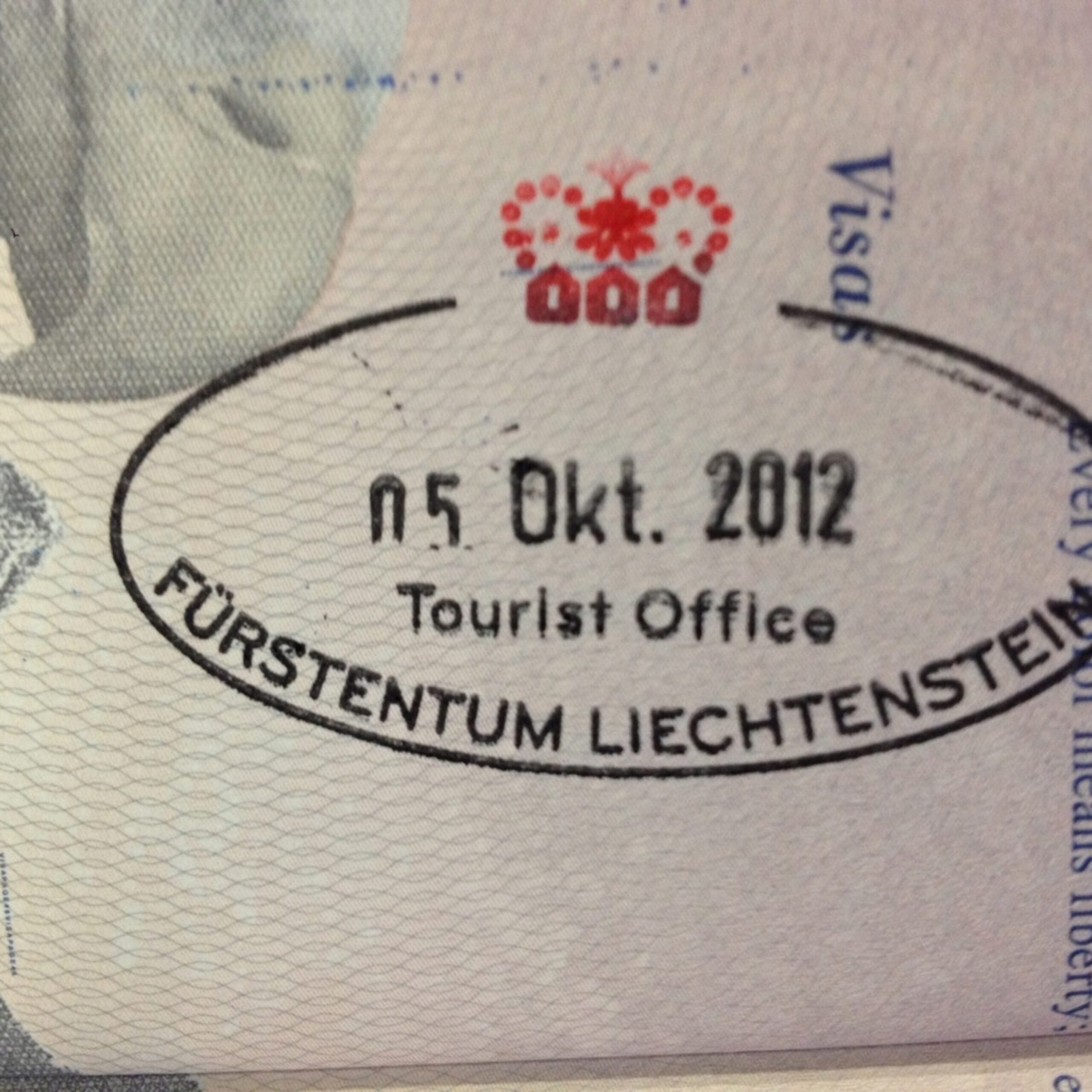Introduction
Liechtenstein, nestled in the heart of Europe, is a country that often elicits curiosity due to its unique characteristics. One of the most intriguing aspects of this tiny nation is the fact that it operates without an airport. In a world where air travel is a vital component of a country’s infrastructure, Liechtenstein’s lack of an airport raises numerous questions. In this article, we will delve into the reasons behind this phenomenon, the impact on the country’s connectivity, and the alternatives adopted by the Liechtensteiners to overcome this challenge.
The Geographical Conundrum
Liechtenstein, bordered by Switzerland to the west and south and Austria to the east, faces a geographical challenge that has led to the absence of an airport. The country’s compact size, spanning just over 160 square kilometers, leaves little room for expansive infrastructure. Unlike larger nations with ample land available, Liechtenstein must prioritize its limited space for residential areas, industries, and essential facilities. Consequently, the construction of a fully functional airport becomes a logistical challenge, prompting the country to seek alternative solutions.
Connectivity Through Proximity
Despite lacking its airport, Liechtenstein benefits from its strategic location in the heart of Europe. The country’s proximity to well-established airports in neighboring Switzerland and Austria allows its residents and visitors to easily access international flights. The efficient and modern transportation networks in these neighboring countries ensure that Liechtenstein remains well-connected, even without a dedicated airport. This symbiotic relationship with neighboring nations has enabled Liechtensteiners to enjoy the benefits of air travel without the need for a local airport.
The Role of Innovative Transportation
In the absence of an airport, Liechtenstein has embraced innovative transportation solutions to enhance its connectivity. The country’s well-developed road and rail networks play a crucial role in facilitating travel within and beyond its borders. The efficient public transportation system, coupled with the widespread use of private vehicles, ensures that residents can swiftly reach nearby airports for international flights. Additionally, advancements in technology have made remote work more accessible, reducing the necessity for frequent air travel and further mitigating the impact of not having a local airport.
Tourism and Economic Implications
While Liechtenstein’s lack of an airport may seem like a limitation, it has not hindered the country’s economic and tourism development. The picturesque landscapes, rich cultural heritage, and the allure of being one of the world’s smallest nations have attracted tourists from around the globe. The absence of an airport has not deterred visitors, as they can conveniently arrive through neighboring countries and experience all that Liechtenstein has to offer. Moreover, the economic impact of not investing in an airport has allowed the country to allocate resources to other critical sectors, contributing to its overall stability.
FAQs (Frequently Asked Questions)
Q1: Why doesn’t Liechtenstein have its own airport?
A: Liechtenstein’s limited geographical space and its proximity to well-established airports in Switzerland and Austria make it impractical to build a dedicated airport. The country has chosen to rely on the efficient transportation networks of its neighbors to meet the travel needs of its residents.
Q2: How do people travel to and from Liechtenstein without an airport?
A: Liechtensteiners utilize the extensive road and rail networks within the country and neighboring Switzerland and Austria to reach international airports. This proximity ensures convenient access to air travel, making up for the absence of a local airport.
Q3: Does the lack of an airport impact tourism in Liechtenstein?
A: Surprisingly, the absence of an airport has not hindered tourism in Liechtenstein. Visitors can easily reach the country through neighboring airports and enjoy its scenic landscapes, cultural attractions, and unique charm.
In conclusion, Liechtenstein’s case is a fascinating example of how a country can thrive without a dedicated airport. By leveraging its geographical location, embracing innovative transportation solutions, and focusing on other crucial sectors, Liechtenstein has successfully overcome the challenges posed by the absence of an airport. This unique approach highlights the adaptability and resilience of nations facing unconventional circumstances.

